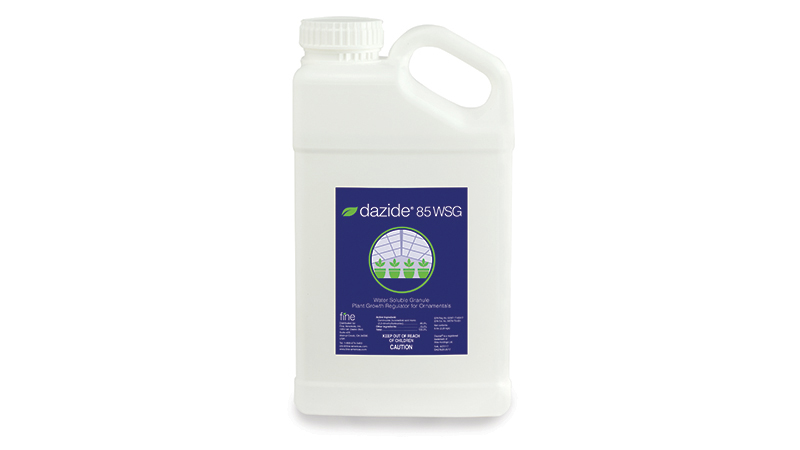Beneficial Nematodes: Exploring Their Role & Value

While great strides have been made in the development of effective beneficial nematodes over the past several years, there is still confusion among growers about these little worms. Are they safe? How do they work? Do they cause damage? To help clear things up, we have put together a three-part series all about beneficial nematodes.
With a variety of factors drive pest management changes in horticultural operations, many professionals are looking to expand their use of biological control agents (BCAs), including their use of beneficial nematodes. Growers find beneficial nematodes to be an attractive addition to existing pest management programs because they reduce or eliminate restricted-entry intervals, have limited impact to worker and customer safety, promote environmental stewardship and are valuable pesticide resistance and residue management tools.
How Beneficial Nematodes Work
Beneficial nematodes, also known as entomopathogenic nematodes or insect-parasitic nematodes, are microscopic, un-segmented roundworms. They are naturally occurring and already present in the soil environment.
In their infective juvenile stage, beneficial nematodes search out and kill targeted insect pests. Different nematode species attack different pests.
When a beneficial nematode finds its host pest, it enters through natural openings (i.e., mouth, anus and spiracles) or directly through the cuticle. Once inside, the nematodes release a bacterium that kills the host within 24 to 48 hours. The infective juveniles develop into adults and reproduce within the dead insect. Reproduction inside the insect releases new generations of nematodes that seek out other pests.
What does that mean for a grower? Applications of beneficial nematodes provide continuous control over an extended period. The amount of control will depend on a variety of factors, including application and environment, but typically a beneficial nematode population should last at least two to four weeks.
The different species of nematodes use different pest-seeking methods. For example, Steinernema feltiae uses carbon dioxide, movement and vibrations to locate fungus gnat larvae.
Why Use Beneficial Nematodes?
There are many reasons why growers choose to use beneficial nematodes in their operations. Whatever the reason for starting, growers continue using them because of their effectiveness. They see consistent control through extended use. So, what is the secret to their success?
Compatibility. Use beneficial nematodes as a standalone program or in conjunction with other BCAs, such as insects, or chemical control products.. The combination of multiple control agents broadens the pest control spectrum and helps effectively manage all life stages in a pest population.
Chemical Use. Many growers are surprised to learn that beneficial nematodes can be used in a rotational program with conventional insecticides. This approach reduces the number of chemical applications needed for effective pest control, reducing the likelihood that pests will develop pesticide resistance.
Re-Entry Interval. Beneficial nematode products have no re-entry interval (REI), so it is safe to enter the area immediately following applications. If other pesticides or chemicals are included with the application, check their labels for REI information.
No Resistance Concerns. Many species of insects can develop resistance to certain chemicals that have been applied frequently. That is not a concern with beneficial nematodes. They physically enter the body of the pest and release a bacterium that causes the death of the insect. There is no risk of insect pests developing a resistance to beneficial nematodes.
Safety. Beneficial nematodes are host-specific and only affect targeted insect pests. They are harmless to any organism other than the susceptible insects. Because beneficial nematodes are non-toxic and harmless to humans, there are no disposal restrictions and no need for applicators to wear protective gear.
How To Begin. Before you begin using beneficial nematodes in your pest management program, you should do your homework. Know what pests you want to treat, have an idea of your infestation levels, and be sure that you get the right species of beneficial nematodes to attack the pest. We will share more tips for beneficial nematode applications in the next issue.








